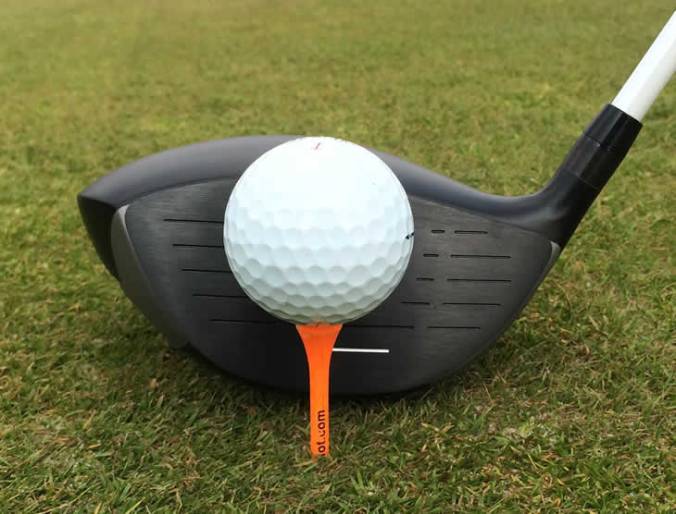
Course: Ganton Golf Club
Website: www.gantongolfclub.com
Location: Yorkshire, United Kingdom
Price ($-$$$): $$
Par: 71/72 (Championship), 73 (Medal), 72 (Club), 76 (Ladies)
Length: 6014, 6445, 6739, and 6998 yards
Rating: 90/100
What do the Ryder Cup, Brabazon Trophy, English Amateur, British Amateur, English Ladies Amateur, British Ladies Amateur, Curtis Cup, and Walker Cup all have in common? Answer: they have all been played at Ganton Golf Club in North Yorkshire. There are many reasons why Ganton has such as esteemed honors board: versatility, excellent course conditions, and clever layout to name three. Each of these three elements contribute to Ganton Golf Club being one of the finest championship venues in Europe, if not the world.
Let’s start with Ganton’s versatility. The golf course can be played from four different sets of tees and at five different course pars. For the ladies, the course spans 6014 yards at a par 76. This is an unusually high par for a 6000-yard golf course, but the layout forces many players to stick the higher par hole routes. For the men, you can play anywhere from 6445 to 6998 yards. The par for men plays at either 73, 72, or 71. This allows Ganton GC to cater for a wide range of ability and weather conditions. For example, if the course is very wet or windy, the 17th hole may be pushed back to a 250-yard par 4. However, if the course is bouncing and you have a very strong tournament field then the 17th hole can measure as a 250-yard par 3.

Hole 6- Another narrow tee shot, with out of bounds right and gorse bushes left.
The second strong suit of Ganton Golf Club is its year-round course condition. It appears, no matter when you visit, Ganton is ALWAYS in excellent shape. The greens run true and fast, the tees are manicured to perfection, and the bunkers line every hole beautifully. Yes, you read that correctly, there are bunkers lining every hole. In fact, in a 2015 renovation, Ganton worked on 113 newly shaped bunkers.
Finally, you have Ganton’s clever layout. There are holes on this golf course that you simply must take your medicine and try to escape with par. One of these holes is the 446-yard 16th hole. The 16th hole is extremely tight, with out of bounds right and gorse bushes left. This hole also features a huge bunker that covers the entire width of the fairway in front of the tee. There are a few birdie chances at Ganton, such as the short par-4 17th hole. This hole is very reachable, at just over 250 yards, but only if you can avoid the huge pot bunkers that surround the green.

Hole 16 features a bunker that covers the entire fairway width!
All-in-all, Ganton provides the perfect location for a weekend getaway or for an international championship. Its versatility makes it enjoyable for all standard of golfer and its year-round excellent condition gives you a fantastic place to play in any season. Ranked by Golf World as one of the World’s Top 100 Golf Courses, this is definitely a must-play course.
As always, thank you for reading! Please follow my Twitter, Facebook, and Instagram accounts for more golfing news and reviews.
























![Bomb your drives[2328]](https://golfwithpark.wordpress.com/wp-content/uploads/2017/04/bomb-your-drives2328.png?w=300&h=300)




